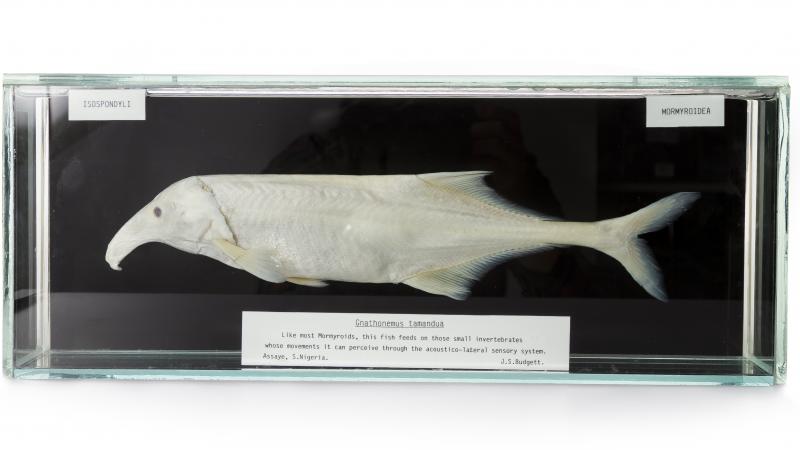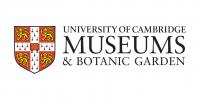Our Collections
With over two million zoological specimens the majority of the collections are housed not in the gallery but in climate controlled storerooms. Each storeroom is kept a constant temperature and humidity. The temperature is cool to discourage pests, such as beetles and moths, and the humidity level is not too wet or dry to prevent mould formation. But why do we go to all this effort to catalogue and care for this huge collection? The specimens we hold are a record of life on earth collected over the past 200 years, all too many from animals now that are extinct.
The specimens are made available for undergraduate teaching, research and public engagement. Thousands of multi-disciplinary researchers and enthusiasts from around the world have studied the collections over many years resulting in a greater understanding and appreciation of our natural world. Much of the Museum’s material derives from the great collecting expeditions of the 19th century. The collections therefore provide essential data about animal distribution in a changing world.
The collections are kept in five purpose built stores, one each for skins, bones, shells, insects and specimens preserved in spirit.
The Vertebrate Store
The Vertebrate Store houses our non-avian dry collections of both fossil and recent vertebrates. Bones and fossils of everything from Aardvarks to Zebras are available for researchers to access. For example, Tasmanian Wolf DNA has been analysed from this collection.
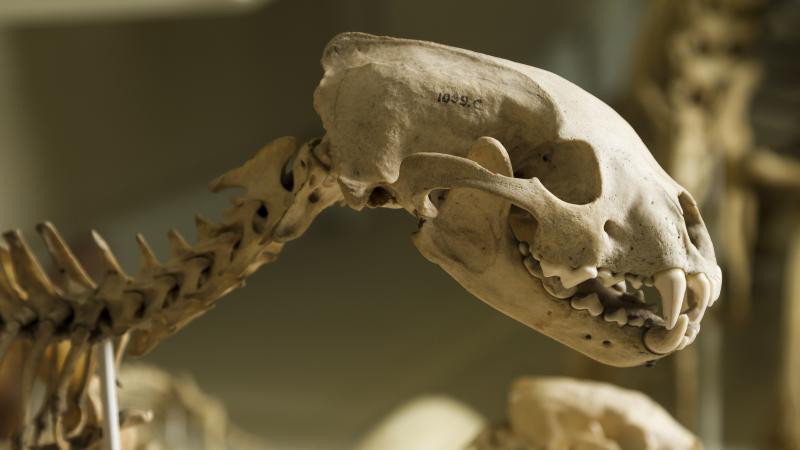
The Invertebrate Store
Over 250,000 shells and slides collected around the globe fill the Invertebrate Store. Many were collected in the Mediterranean and Red Sea before the Suez Canal opened in 1869, giving scientists a glimpse at which species have moved to this artificial waterway. Further information is available on the Mollusc collections.
The Insect Room
Hundreds of thousands of pinned insects collected over the past 200 years are stored in the Insect Room. These are a critical record of environmental change and therefore a key area of active research for the Museum. Representing over half of the Museum's collection, there is a lot to be catalogued over the coming years.
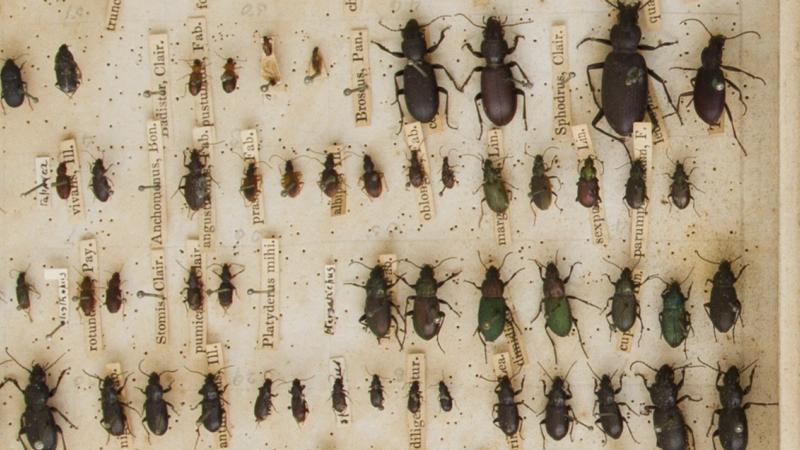
The Bird Room
30,000 study skins and bones of birds, as well as over 10,000 clutches of eggs form the collections in the Bird Room. Kept safe in a closely controlled environment in drawers sealed from pests, the collections contain many of the Museums most iconic treasures including the Great Auk, Dodo and Passenger Pigeon.
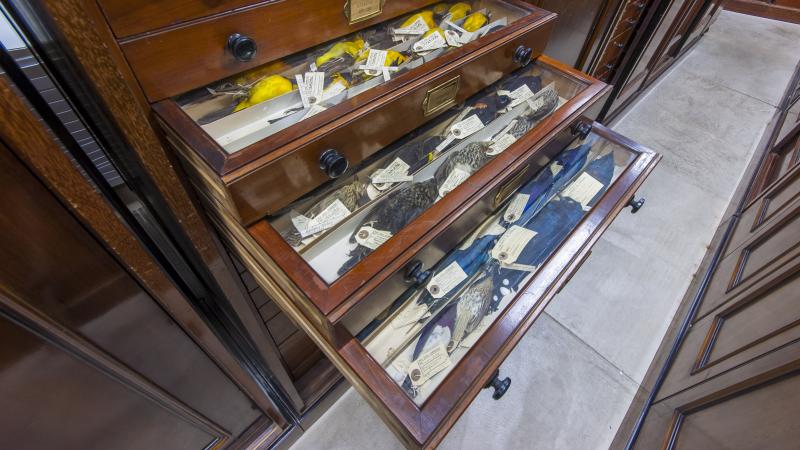
The Spirit Store
There are over 20,000 jars in the Spirit Store filled with the soft tissue remains of vertebrates and invertebrates preserved in alcohol and formaldehyde. The new store enables us to better maintain and care for these vulnerable collections.
